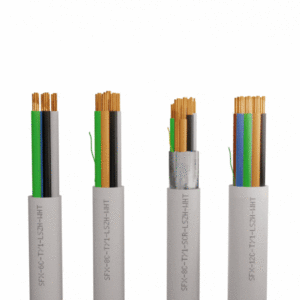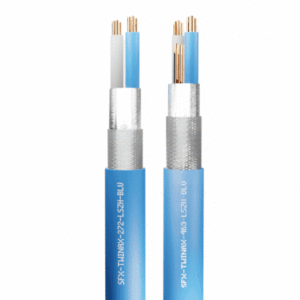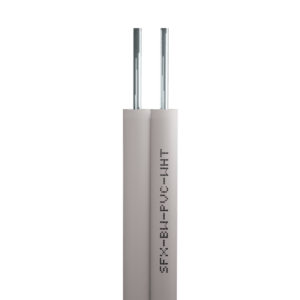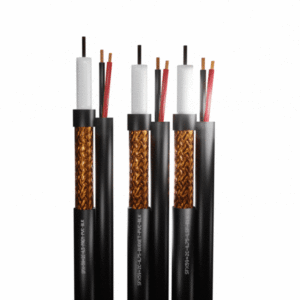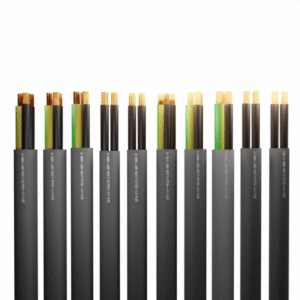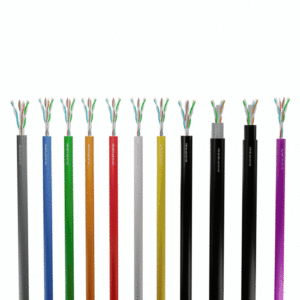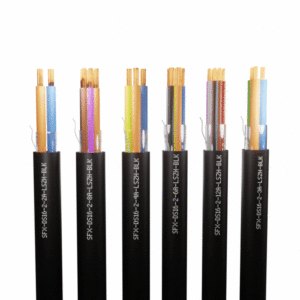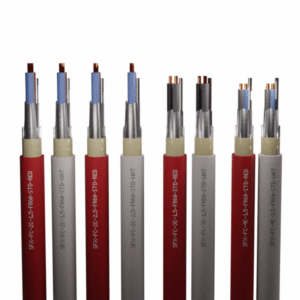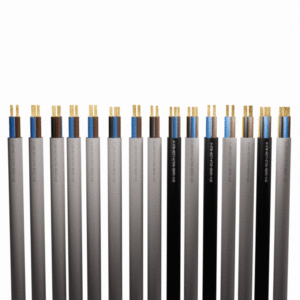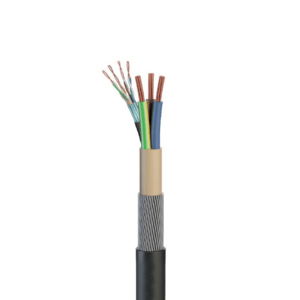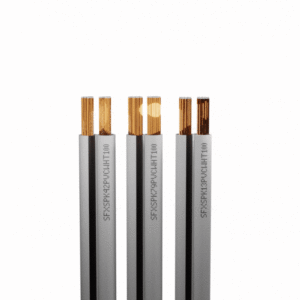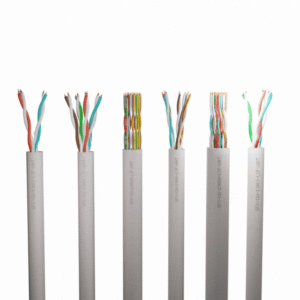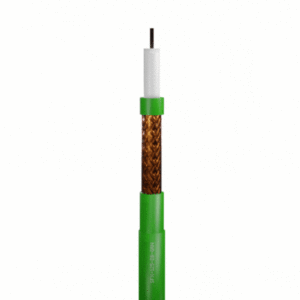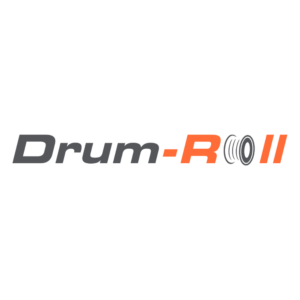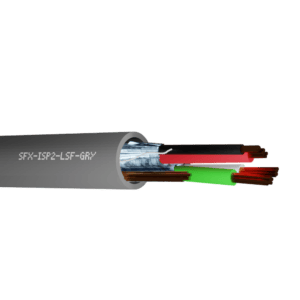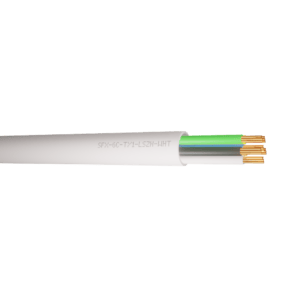Understanding The Key Differences Between LSF and LSZH Cable Sheaths:
In the intricate realm of the electrical industry, safety remains an unwavering priority.
Amongst the many components that contribute to safety, cable sheaths play a crucial role in containing potential hazards during fire incidents.
Two essential terms commonly used amongst the electrical industry are “LSF” (Low Smoke and Fume) and “LSZH” (Low Smoke Zero Halogen).
While they may appear similar, it is crucial to understand the difference and purposes of each cable sheath material.
Securi-Flex® knows it’s important to understand the differences between the two materials. In this article, we’ll examine these differences more closely.
LSF Cables:
- Manufacturers produce LSF cables using a modified PVC compound that produces less HCL gas and smoke than regular PVC cables.
- LSF cables create between 15-22% of HCL gas and emit black smoke because of the presence of PVC.
- It is vital not to confuse LSF cables with LSZH cables, as LSF cables do contain halogen materials.
- They are often chosen as a cost alternative to LSZH, however they should not be confused with LSZH cables.
- They are not recommended for use in public or commercial buildings, as well as poorly ventilated areas.
LSZH Cables:
- LSZH cables are manufactured using halogen-free compounds.
- They are effective fire retardants while emitting less than 0.5% hydrogen chloride gas and smoke when burned.
- During a fire, LSZH cables produce small amounts of light grey smoke and HCL gas.
- The absence of PVC in LSZH cables ensures no harmful fumes or black smoke are emitted during the event of a fire.
- Ideal for public buildings such as airports, railway stations (London Underground), computer rooms, and data centres.
- Low smoke generation ensures evacuation routes and signage remain visible during emergencies.
Choosing the Right Cable:
The choice between LSF, and LSZH cables depends on the fire risk, flexibility needs, and safety considerations.
LSF cables offer a slight improvement over PVC cables but can still emit toxic gases and dense black smoke.
However, LSZH cables reduce emissions and experts recommend them for high-risk areas.
The CPR categorises cables by fire performance, however it doesn’t cover toxic fumes and smoke.
Installers must carefully choose cables appropriate for the specific fire risks in a building or application.
In Summary:
Understanding the differences between LSF and LSZH cables is vital for making informed decisions that prioritise safety in different scenarios.
While LSF cables can offer cost advantages, they may not be suitable for critical areas, where LSZH cables are strongly recommended to ensure a safer environment during the event of a fire.
Choosing the right cable can significantly contribute to enhancing overall fire safety and exposure.
If you have any questions that weren’t answered in this article, please do not hesitate to get in touch with our friendly team.
We’re always happy to help!

